Łęczna
Borough of Łęczna , Łęczyński District, Lubelskie VoivodshipType of place
The area near the synagogue, the pits on Łańcuchowska, Kanałowa and Bożnicza streets.Information about the crime
The documents of The Regional Commission for the Examination of German Crimes in Lublin show that the persecution of Jews in Łęczna took place even before the ghetto was established. Irena A., a resident of Łęczna, testifies: “There were about 5,000 people living in Łęczna, 80% of whom were Jews. There were units covered with sheet metal before the ghetto was established. The Jews were herded there naked, without food. They were lying there, dying of hunger and from burns. It was summer and they were getting burns from the heated sheet metal. It was 1940, in July or August. Those who remained alive were rushed on foot to Bełżec, more than 100 kilometers away”. (IPN Lu 501/48)
The ghetto in Łęczna was established in 1940 at Partyzancka street. The Jewish inhabitants of the city and the inhabitants of nearby towns were gathered in a small area. Several Jewish families from Vienna were also sent to the ghetto in Łęczna. Among other things, Jews were ordered to work in the fields at the nearby Podzamcze manor.
The largest massacre of the Jewish population took place during the liquidation of the ghetto in the autumn of 1942 or 1943. “About 900 people were shot. Jews from the ghetto were led in groups to the ravine near the synagogue and shot there. […] The bodies were dumped in the ravine. Poles were forced to bury the bodies there”. (IPN Lu 501/48)
At the same time, in the fall of 1942 or 1943, 50 people were murdered and buried in a pit on Łańcuchowska Street. Another unmarked mass grave of 70 victims of the ghetto liquidation is said to be located on Bożnicza Street. There is another grave from the same period, located on Kanalowa Street, near the dairy plant, where the bodies of 23 unidentified Jews were buried. (IPN Lu 501/48)
According to some sources, the executions at Łańcuchowska and Kanalowa Streets took place the day after the murder of about 1,000 people near the synagogue in Łęczna. 23 hiding Jews were found in the dairy near Kanalowa Street, and another 50 were found in the bunkers on Łańcuchowska Street. They were all executed (https://teatrnn.pl/ar/leczna-akcja-re, access: March 7, 2023).
In the 2014 yearbook of the Towarszystwo Miłośników Ziemi Łęczyńskiej, Romuald Dylewski describes the murder of several hundred Jews in Łęczna: “The execution began around noon and lasted for several hours. People were murdered in groups on the bank of the ravine near the synagogue, around 100 meters from our house, near the place where I used to play as a child. The killed or wounded Jews fell into the ravine and were covered with earth. Before the execution, a selection was carried out. Some people were spared, others were led to the ravine.
Our dentist, Dr. Esther Mandeldort, was selected to stay, but her little daughter was sent to the ravine. The little girl didn’t want to part with her mother, she cried desperately. Her mother took her in her arms and went with her to the ravine… Although this was happening so close to our apartment, my family couldn’t hear much. Maybe because of the terrain, maybe the buildings dampened the noise, or maybe because of stress. They just remembered the silence. About a thousand people were then shot with machine guns. They were residents of Łęczna and other people brought here from various places. (Merkuriusz Łęczyński, 2014)
The resources of Lublin’s Grodzka Gate contain a record of a conversation with another resident of Łęczna, Jerzy Kiełbowicz (born in 1931):
“This was in old Łęczna. These Jews were murdered in a ravine near the synagogue. Łęczna is located on a hill. There was a ravine, Jews were lined up over it and shot. The killed ones fell into the ravine. Maybe three of them survived. From what I remember, about 800 Jews were murdered then. The rest were probably taken to concentration camps.
– Did you see it?
– I didn’t see the execution itself, only later we all saw this place. The ravine was covered with soil. Later the victims were moved behind the synagogue, a huge hole was dug and buried there. As far as I know, the remains are there to this day. […]
– Was this place commemorated in some way?
– No. They were covered with earth and then, I don’t remember when exactly, a huge hole was dug directly behind the synagogue. All the bodies, the remains were thrown into this pit. Has this place now been commemorated? This is something I am not able to say. In any case, I know that this pit was behind the synagogue, there was a section of level surface, and then a slope again. And those remains were buried there. I have never seen any commemoration there. Maybe there is a stone or something like that”.
(https://teatrnn.pl/historiamowiona/swiadek/Kie%C5%82bowicz%2C_Jerzy_%281931-2015%29?tar=109930, accessed August 2, 2022.)
The Register of Killing Sites and Crimes for the former lubelskie province notes the following events in the city:
- In December 1942, Wehrmacht soldiers executed three Jews on Krasnostawska Street: Szajnda Lichtenberg, Uszer Lichtenberg, a merchant (son of Lejzor and Sura Chana née Mitelhauz , brother of Chaim), and Zelik Tenenbaum. The bodies were buried at the site of the execution.
In the autumn of 1942 or 1943:
- Wehrmacht soldiers shot about 970 people next to the synagogue on Bożnicza Street. The victims were prisoners of the Łęczna labour camp, which was thus liquidated. The bodies were buried at the site of the executions.
- Wehrmacht soldiers shot 50 Jews on Łańcuchowska Street. The bodies were buried in the place of execution.
- Wehrmacht soldiers shot 23 Jews on Kanalowa Street. The bodies were buried at the execution site.
(The Register of Killing Sites and Crimes… lubelskie province, Warsaw 1985).
During archival research at the Yad Vashem Institute and the State Archives in Lublin, we managed to reconstruct 252 names and surnames of Jewish women, men and children murdered and buried in a pit near the Łęczna synagogue.
Commemoration
The place of the grave was marked with a wooden matzevah in 2022 as part of the project “Reference points – marking 24 Jewish war graves with wooden matzevot”. The project is an attempt to find a way of marking these places before they can be commemorated. Marking forgotten Jewish war graves with wooden matzevot is a subtle intervention in the landscape reminding about what remains invisible, yet present in the memory of local communities. Being only a temporary commemoration, wooden matzevot invite local communities to discuss and take action, to discover the places, and perhaps to start their own memory practice related to them or to initiate a permanent commemoration.
You can read more about the project here: https://tinyurl.com/2p9ar52f
The project was implemented thanks to the funding from The Association of the Jewish Historical Institute of Poland (Stowarzyszenie Żydowski Instytut Historyczny) and The Matzevah Foundation.
On November 7, a ceremony commemorating the victims of the Holocaust was held in Łęczna. Together, we honoured the memory of about 1,000 men, women and children, citizens of the Second Polish Republic, as well as Czech, Slovak and German Jews, prisoners of the Łęczna ghetto brutally murdered in the fall of 1942 and buried near the Łęczna synagogue. During the ceremony, the names of two hundred and fifty-two people, recovered during the archival research, were read.
The commemorative ceremony was the result of cooperation with the Commune of Łęczna, the Municipal and Communal Public Library and Primary School No. 2. in Łęczna, the Society of Friends of the Łęczyńska Land and the Foundation for the Preservation of Jewish Heritage in Poland.
The project was implemented with financial resources from the Minister of Culture and National Heritage from the Culture Promotion Fund.
Sources
Contact and cooperation
We are still looking for information on the identity of the victims and the location of Jewish graves in Łęczna. If you know something more, write to us at the following address: fundacjazapomniane@gmail.com.
Bibliography
The Register of Killing Sites and Crimes committed by the Germans in Poland between 1939 and 1945, lubelskie province, Warsaw 1985.
Dylewski Romuald Łęczna-Holocaust (memoir of a witness) in: Merkuriusz Łęczyński, Yearbook of the Society of Friends of Łęczna No. 27, 2014, pp. 43-51
Relation by Jerzy Kiełbowicz, NN Theatre Grodzka Gate
IPN Lu 501/48 GKBZH survey in Poland – Łęczna
We have collected the materials about this village thanks to the funding provided by the International Holocaust Remembrance Alliance as part of the project “The rural Holocaust. Collecting and safeguarding the never recorded testimonies 100 forgotten Jewish graves 2021-2022”. The materials for this website were developed, digitized and made available as part of the project “Development of a digital archive of Jewish war graves outside the extermination camps and educational use of archive resources” thanks to funding from the Minister of Culture and National Heritage from the Cultural Promotion Fund.
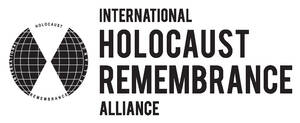

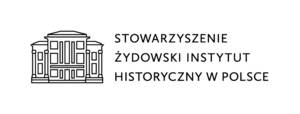

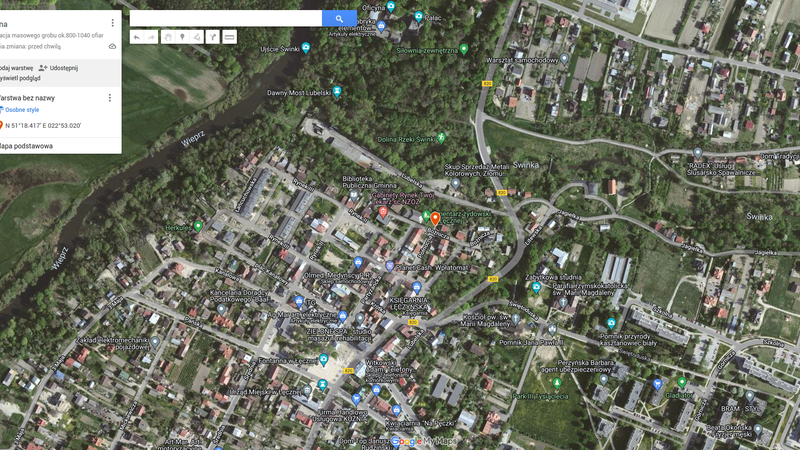 Łęczna fotografia satelitarna 1a
Łęczna fotografia satelitarna 1a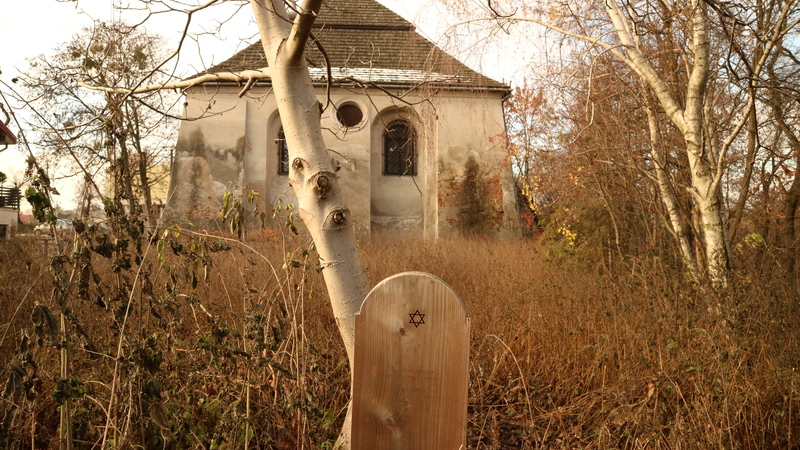 łęczna fotografia 1 lokalizacji
łęczna fotografia 1 lokalizacji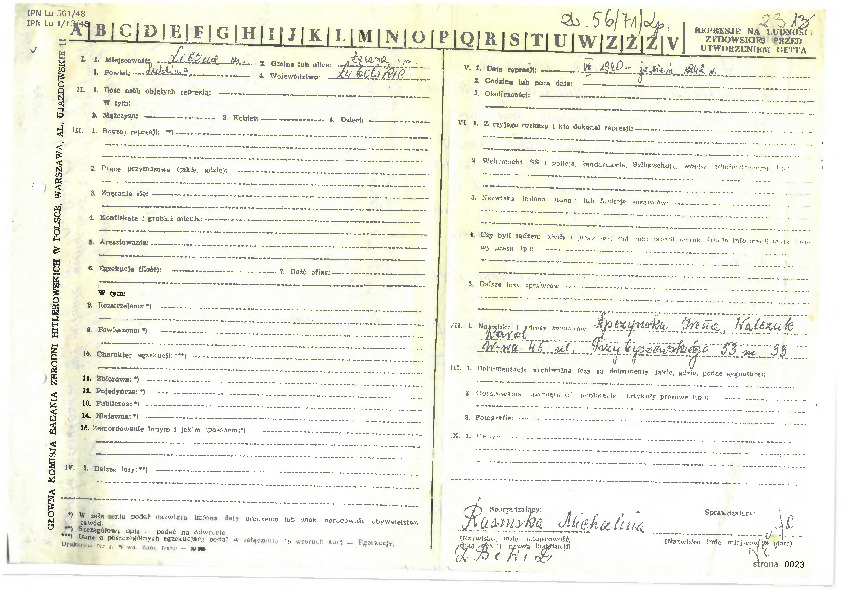 IPN Lu 501-48 Ankieta Głównej Komisji Badania Zbrodni Hitlerowskich - Łęczna
IPN Lu 501-48 Ankieta Głównej Komisji Badania Zbrodni Hitlerowskich - Łęczna